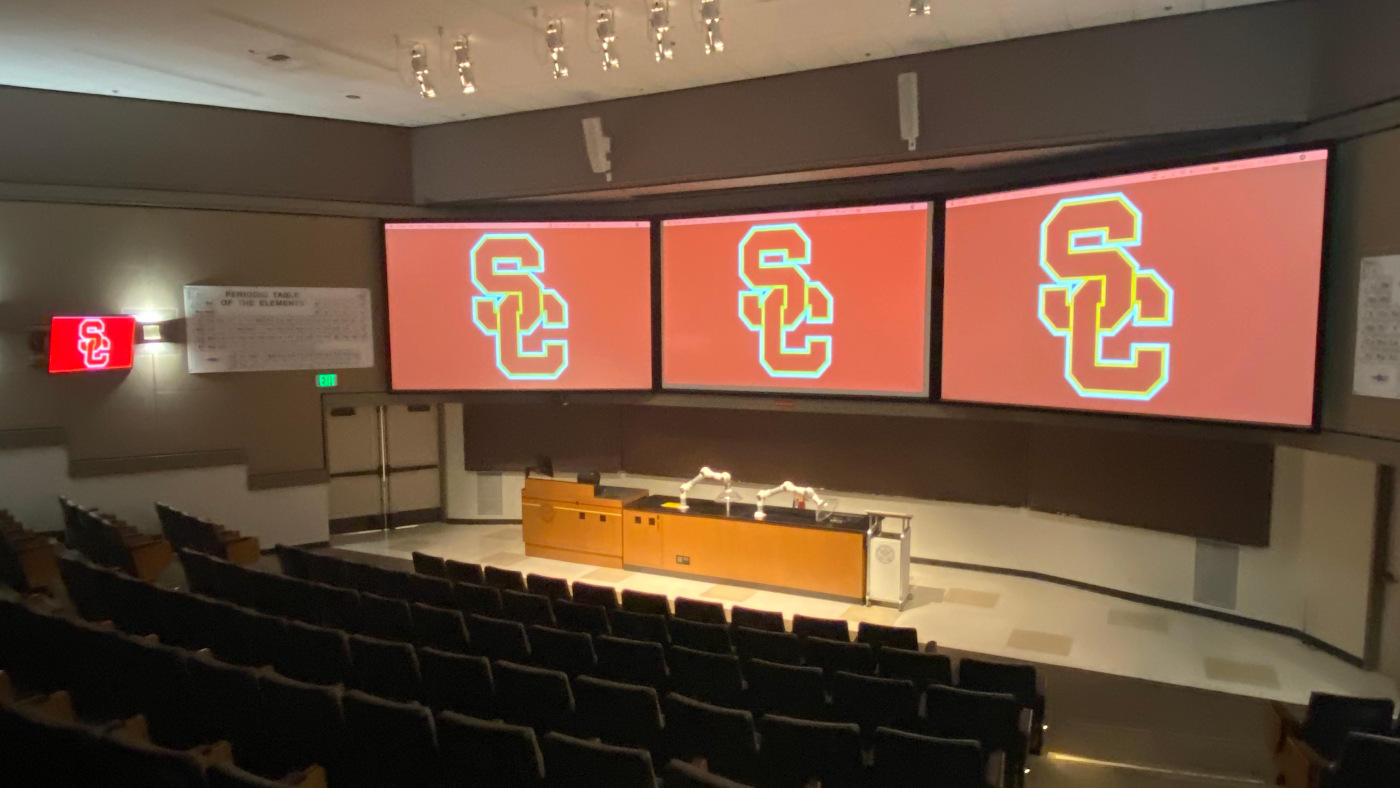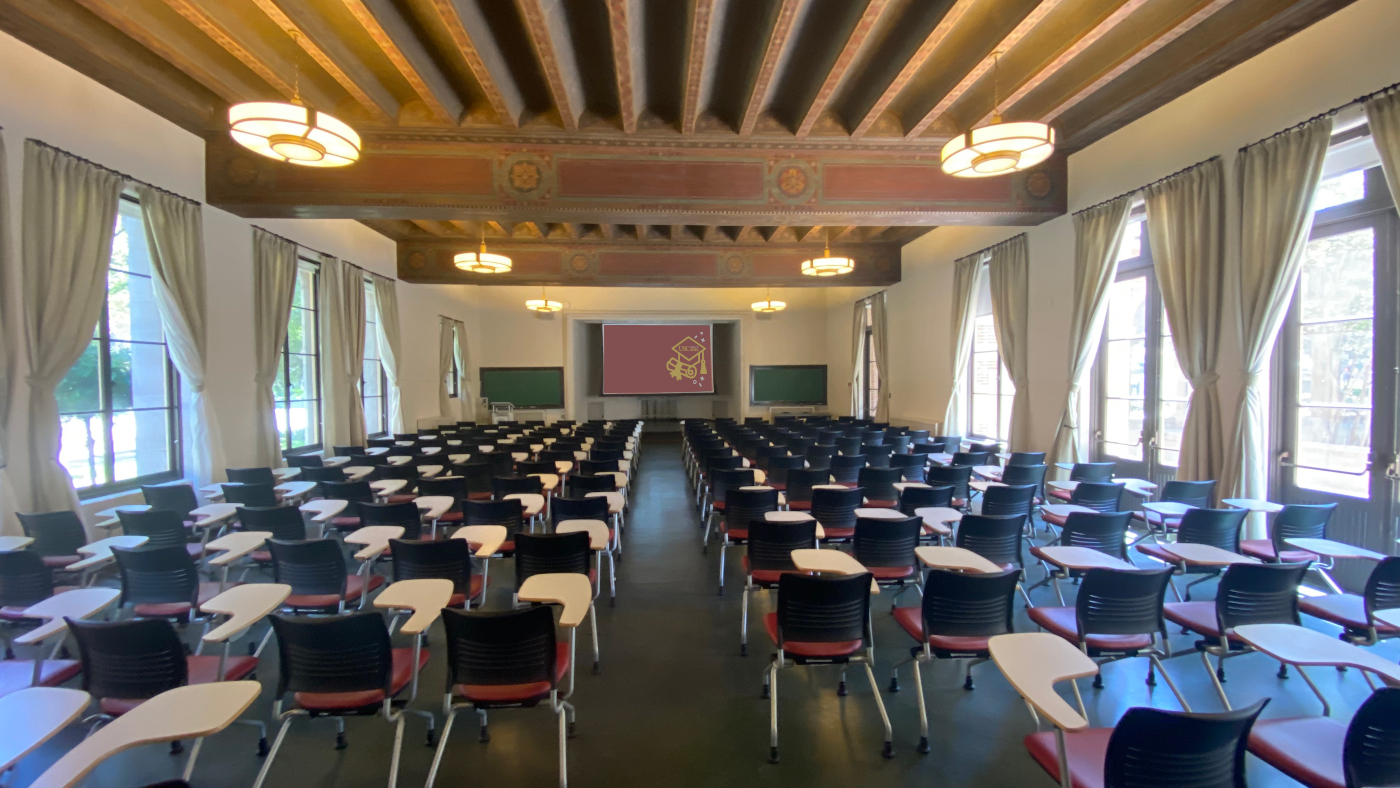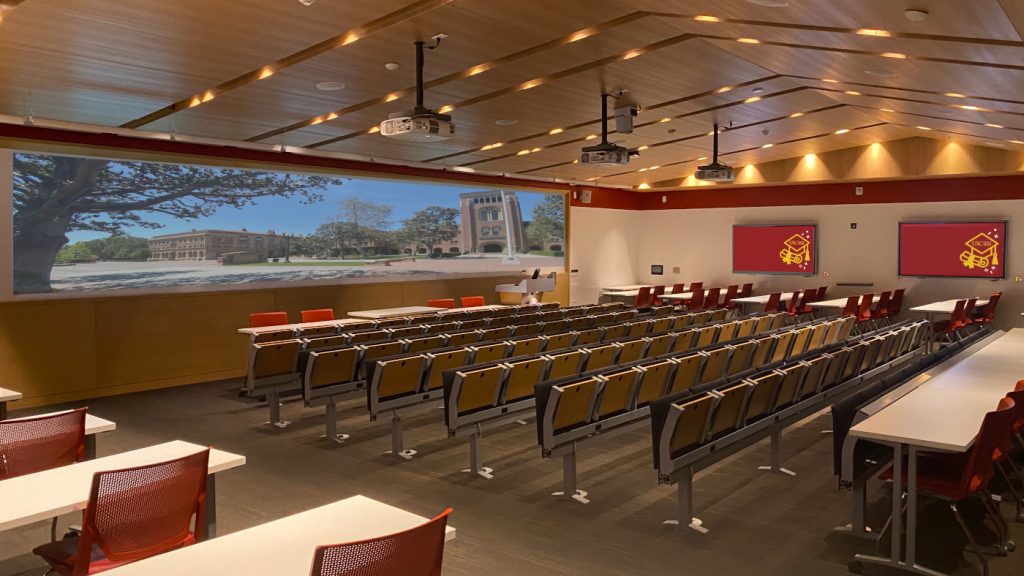The virtual participant has to become the priority.
Political, social and economic concerns aside, higher education is struggling to navigate the murky waters of the fall 2020 semester and beyond. Should students return to campuses in order to receive the college experience for which they’re paying, or should they remain at home to help mitigate the risk of a large-scale novel coronavirus (COVID-19) outbreak caused by dorms and group-event participation? How can students in the arts and high-level research, who require studios and labs, complete their coursework without a campus reopening? What about international students who are unable to travel either to or from the US? And what about aging faculty members who are in high-risk demographic groups? For every argument to open campuses, an equally valid counterargument exists to keep them closed. For every apparent solution, countless other problems appear.
One fact, however, remains constant: The only neutral setting in which everyone can assemble is a virtual environment. Hybrid learning is the learning modality of the future. “Hands on” is no longer the value equalizer; instead, presence is. Participation is no longer subject to geography. In the past five months, content delivery and learning outcomes, which often were tightly linked, have rightly separated; now, they are understood on their own terms. Lecturing to a webcam over Zoom or Microsoft Teams is not effective teaching and learning—it is content delivery.
Enter hybrid learning. To be successful and effective in the future, classroom design will require delivering flexibility that enables learning outcomes while managing expectations due to the limitations of each scenario. Making learning work simultaneously for both local and remote participants means catering to the unique requirements of each.
In-person instruction has the advantage of proximity—an often-overlooked aspect of technological design. Making direct eye contact with other humans has benefits; yet, technology is still the key to content delivery. We cannot take proper screen size, viewing angles, wide-area voice-lift coverage and audio reinforcement for granted. When we apply social distancing to physical environments, while simultaneously trying to optimize for occupancy, more participants are stationed against the side walls and further back than normally desired; often, these positions are not designed for use.

It’s astounding how many times I’ve heard the rationale, “It’s only a few students with poor line of sight, so they won’t sit there anyway,” as a justification to save money on projection screens, lumen levels and speaker quantity. It is exactly into those locations that social distancing places participants! Therefore, it’s essential to account for the “out-of-coverage” areas that were previously overlooked. Generalized multicolored audiocoverage maps and 4-6-8 viewing-area diagrams are no longer acceptable. At the design phase, I propose that every seat be assigned an individual “satisfaction rating,” and that information should be identified for the decision-makers.
In higher education, the majority of classrooms were built as single-screen spaces without proper pan–tilt–zoom (PTZ) cameras or audio-capture devices. For
the local student, the content on the screen takes priority, but, in doing so, there is no contact with remote participants in the hybrid scenario. This can be addressed by adding an additional display, but that introduces two questions: where to place it and what the optimal screen size is. (Remember the person in the back!) Often, these rooms were not constructed to have additional displays mounted, making infrastructure changes costly. Audio capture is the easy part, but it’s expensive to encompass every corner of the space.
Cameras create another challenge— namely, that one camera shot must necessarily face the professor, but, as a result, the far end misses out on connection with the local participants. There’s the option to introduce additional cameras, but, in that case, faculty members have to become video producers, switching back and forth among people-views and content. Often, that is unrealistic for the average space and class. Similarly, it is not a faculty member’s role to be a technical director; instead, faculty members are meant to be experts in their field. Making the process simpler becomes difficult unless newer technologies that use artificial intelligence (AI) and machine
learning (ML) to automate production chores are selected.
Far-end participants have the advantage of receiving the screen-share front and center, boasting the ability to highlight either the camera shot or the content. Far-end participants’ biggest challenge with the hybrid classroom, however, is the issue of being “out of sight, out of mind.” There is a natural tendency to teach to the local student
and interact with those currently in the room. How do far-end participants ensure they can ask questions? What if they need a review of certain material because they didn’t have a perfect view of the whiteboard?

Far-End Participants’ Audio
Although far-end participants’ audio can be routed always to be active through the room speakers, that has the potential to create more “mute your mic” distractions, similar to what we’ve encountered in larger work-from-home (WFH) meetings. The easiest way to mitigate these issues is to assign a teaching assistant (TA) or graduate assistant (GA) to serve as mediator between the two learning modalities. That, however, would require additional labor that, often, is not viable for the average 20-person, 400-level course.
So, where’s the balance? I propose that, when in a hybrid world, the official meeting place and highest design priority must be the virtual environment. It goes against the common thought, according to which the ultimate goal is to get everyone back, even a little at a time, because the hybrid environment is just a stopgap until everyone can return. But I think that thinking has it wrong. If even one student cannot join in person, then the gathering space must be the environment in which the far-end participant resides.
All content must be delivered solely via a screen share; all faculty-to-student interaction must be done to the camera. Even local students should join the virtual class. Their only advantage should be seeing the whiteboard and faculty member live. It’s essential to build community in the online environment; thus, all interaction should be done
virtually. Even local students should raise their virtual hand and speak to the participant grid, rather than to the physical room. Faculty should teach to the camera, while using the whiteboard only to fulfill their need to be in their academic “comfort zone.” In short, use the room as a tool, rather than as the location of the learning; meanwhile, use the virtual environment to deliver content, create community and verify learning outcomes.
In light of that, proper audio and video capture is more important than ever before. To ensure that the meeting space is acceptable for everyone, we must take peripherals seriously. We can no longer cut corners because everyone suffers when the material is not delivered clearly and accessibly. This radical shift demonstrates a change in our times. In order to provide equity among participants, we must utilize the only common ground that is possible—the virtual environment.
To read more from Sound & Communications, click here.
